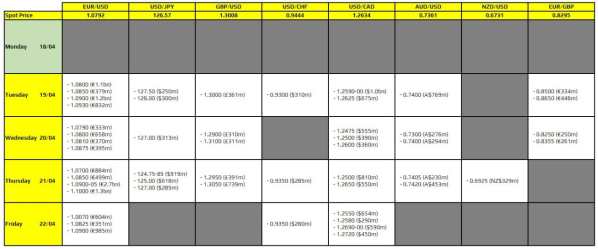1) Low Risk: Entering at or close to the turn in price means you are entering a position in the market very close to your protective stop. This allows for maximum position size while not risking
2) High Reward (profit margin): Similar to number one above, the closer your entry is to the turn in price, the greater your profit margin. The further you enter into the market from the turn in price, the more you are reducing your profit.
3) High Probability: Proper market timing means knowing where banks and institutions are buying and selling in a market. When you are buying where the major buy orders are in a market, that means you are buying from someone who is selling where the major buy orders are in the market and that is a very novice mistake. When you trade with a novice, the odds of success are stacked in your favor.
more than you are willing to lose. The further you enter the market away from the turn in price, the more you will have to reduce position size to keep risk in line.
Forex bank trading strategy
So how do we time the market‘s turning points in advance? It all begins and ends with understanding how to properly quantify real bank and institution supply and demand in any and all markets. Once you can do that, you are able to identify where supply and demand is most out of balance and this is where price turns. Once price changes direction, where will it move to? Price moves to and from the significant buy (demand) and sell (supply) orders in a market. So, again, once you know how to quantify and identify real supply and demand in a market, you can time the market’s turning points in advance, with a very high degree of accuracy.
To better understand how to do this, lets take a look at a recent trading opportunity that was identified in our online graduate trading program, the Extended Learning Track (XLT) on March 25th. The XLT is a two hour live trading session with our students three to four times a week. During the session shown below, we identified an area of Demand in the EURO (highlighted in red) / 1.31975 – 1.32065. You can also see that Demand zone on the chart, the two lines creating a “buy zone”, allowing us to apply our simple rules for entering a position. This was an area of Bank/Institution Demand for a few reasons. First, notice the strong rally in price from the origin of that rally (the Demand level). Also, notice that price rallies a
significant distance before beginning to decline back to the Demand level. These two factors tell us that Demand greatly exceeds Supply at this level. The fact that price rallies a significant distance from that level before returning back to the level clearly shows us what our initial profit margin (profit zone) is.
These are two of a few “Odds Enhancers” we teach in our graduate program. They help us quantify the bank and institution Supply and Demand in a market which is the key to knowing where the significant buy and sell orders are in a market. The plan with this trade was to buy if and when price declined back to that area of Demand. This trade was high probability but how do we know that? Well, being very confident that there is significant Demand at that level, this tells us that we will be buying from a seller who is selling at a price level where Demand exceeds Supply. Selling after a decline in price and at a price level where Demand exceeds Supply is the most novice move a trader can take. These are “retail” sellers selling where “banks and institutions” are buying. The retail sellers are selling with the odds stacked against them which means they are stacked in the buyers favor like our XLT members in this trade.

Leave a Reply